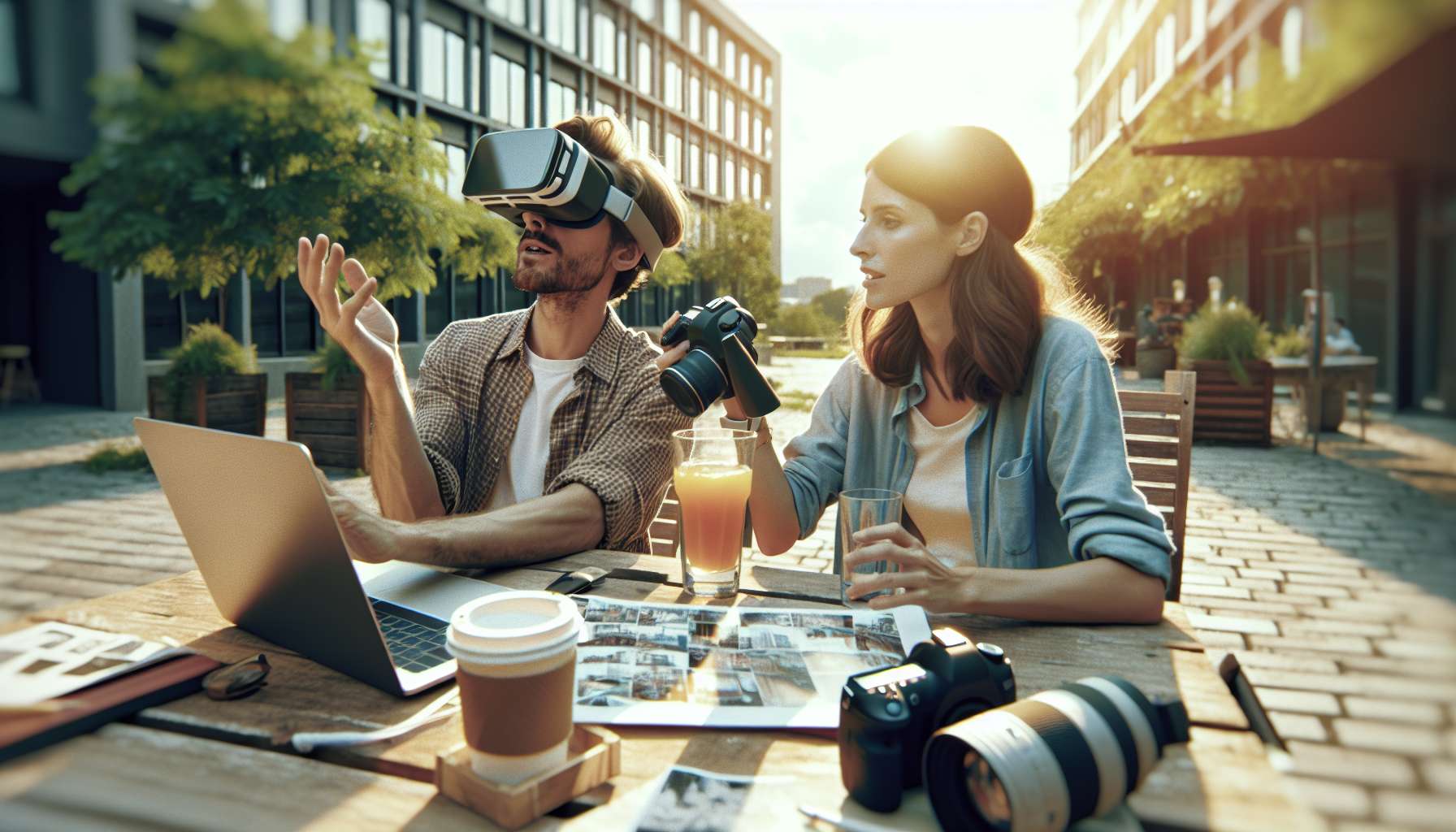Unlocking the Power of Augmented Reality in B2B Brand Storytelling
Augmented Reality (AR) has emerged as a game-changing technology that has the potential to revolutionize the way businesses communicate their brand stories. By seamlessly blending the digital and physical worlds, AR offers a unique and immersive experience that captivates audiences and leaves a lasting impression. In this article, we will explore the techniques and examples of leveraging AR for compelling B2B brand storytelling.
Creating Interactive Experiences
One of the key techniques in leveraging AR for B2B brand storytelling is creating interactive experiences that actively engage your audience. Instead of passively consuming content, AR allows users to actively participate and interact with your brand story. For example, imagine a potential client being able to visualize your product in their own environment, manipulate it, and explore its features in real-time. This level of interactivity not only enhances the storytelling experience but also helps potential customers understand the value your product or service brings to their business.
Enhancing Product Demonstrations
AR can take product demonstrations to a whole new level by bringing static objects to life. Instead of relying on traditional methods of showcasing your products, AR allows you to overlay digital information, animations, and interactive elements onto physical objects. This enables you to highlight key features, demonstrate functionality, and showcase the benefits of your products in a visually compelling and memorable way. By providing an immersive and interactive experience, AR can significantly enhance the impact of your product demonstrations and leave a lasting impression on your audience.
Personalizing the Customer Journey
AR can also be leveraged to personalize the customer journey and create tailored experiences for individual clients. By integrating AR into your sales and marketing strategies, you can provide customized content and storytelling that resonates with each customer’s specific needs and preferences. For example, imagine a sales representative using AR to showcase different product configurations based on a client’s requirements, or a personalized AR experience that guides customers through the various stages of their buying journey. By personalizing the customer journey through AR, you can create a more meaningful and impactful connection with your audience.
Real-World Examples
Several forward-thinking companies have already embraced AR in their B2B brand storytelling efforts, achieving remarkable results. For instance, Volvo Trucks used AR to create an interactive experience where potential customers could explore the features and benefits of their trucks in a virtual environment. This not only increased customer engagement but also helped Volvo Trucks stand out from their competitors. Another example is Siemens, which used AR to provide virtual product demonstrations at trade shows, allowing attendees to interact with their industrial equipment in a captivating and informative way.
The Future of AR in B2B Brand Storytelling
The future of AR in B2B brand storytelling looks promising. As the technology continues to evolve, we can expect even more innovative applications and techniques to emerge. With advancements in artificial intelligence and machine learning, AR experiences will become more personalized, intuitive, and seamless. This opens up exciting possibilities for businesses to create compelling brand stories that resonate with their target audience on a deeper level.
In conclusion, leveraging AR in B2B brand storytelling offers a unique opportunity to engage, captivate, and personalize the customer experience. By creating interactive experiences, enhancing product demonstrations, and personalizing the customer journey, businesses can unlock the full potential of AR to communicate their brand stories in a compelling and memorable way. As the technology continues to advance, embracing AR in your B2B marketing strategy will undoubtedly give your brand a competitive edge and help you forge stronger connections with your audience.





